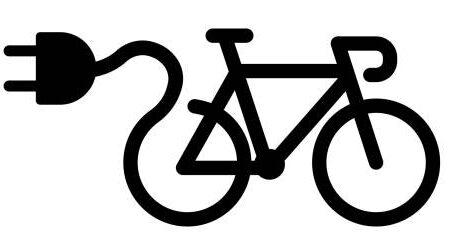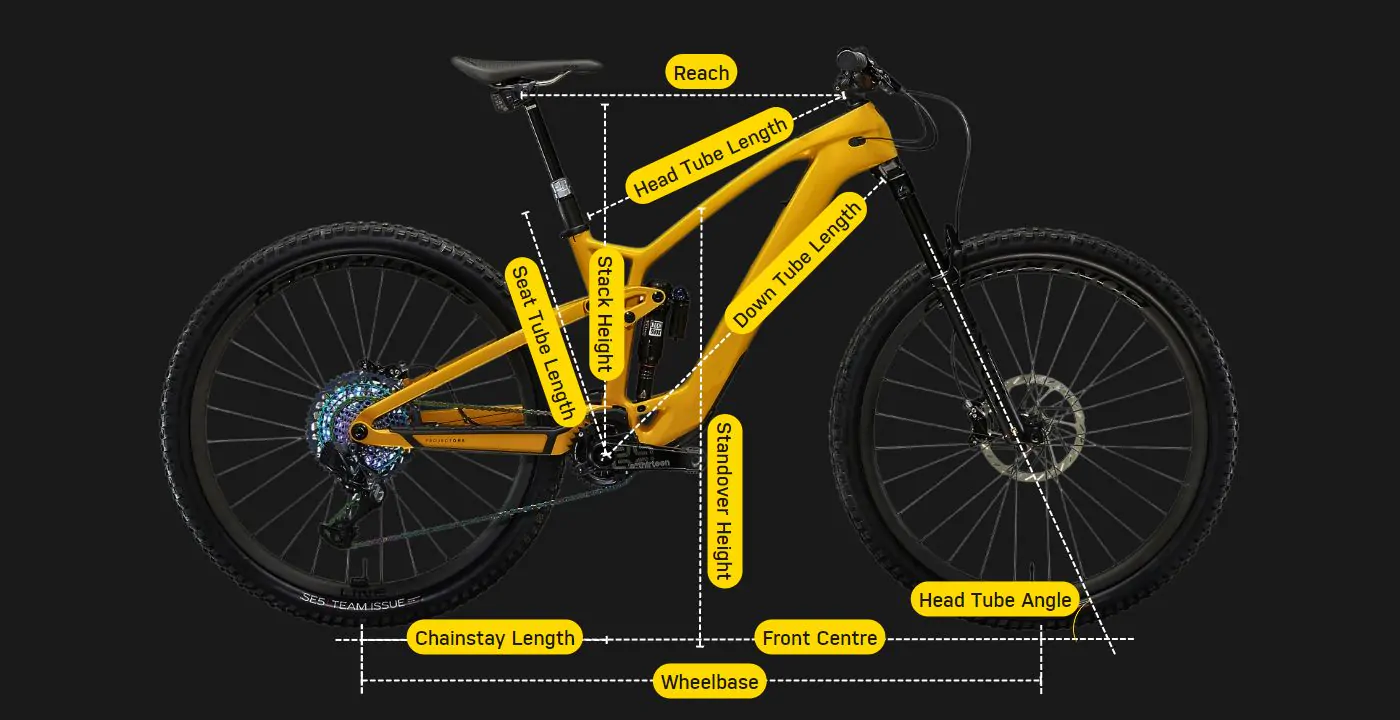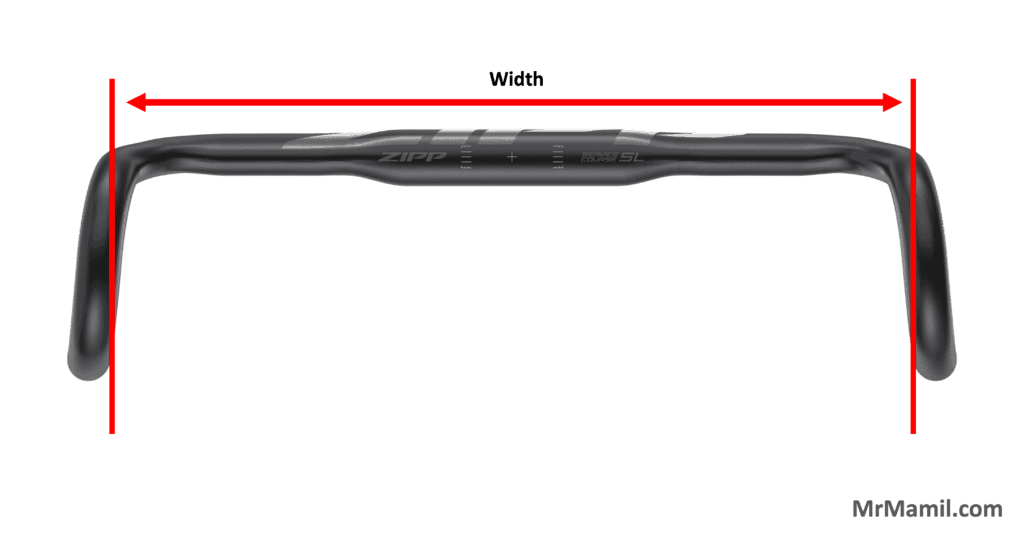Selecting the correct women mountain bike size is paramount for an enjoyable, efficient, and safe experience on the trails. An ill-fitting bike can lead to a range of discomforts and even injuries. Common issues such as back pain, hand numbness, and strained muscles are often directly related to improper bike sizing. These problems not only detract from the pleasure of riding, but they can also limit a rider’s performance and overall safety. Therefore, understanding the nuances of women mountain bike size is an important step for every female cyclist. This involves more than simply considering height. It requires a holistic approach that takes various body measurements and bike geometry into account. This article will explore the key factors that contribute to finding the ideal fit, ensuring comfort, control and confidence on every ride.
Many riders mistakenly believe that a bike’s size is solely determined by the rider’s height. However, this is a very generalized approach. Bike frames designed for women often feature specific geometry to better accommodate differences in body proportions. For example, women tend to have shorter torsos and longer legs compared to men. This can impact the way a bike fits and performs. Ignoring these distinctions can result in a riding position that’s either too stretched out or too cramped. Achieving the correct fit involves evaluating the bike’s top tube length, standover height, and handlebar reach. Each of these factors plays a crucial role in determining if the bike will be comfortable and easy to control. Therefore, understanding these specific aspects is key to selecting the appropriate women mountain bike size.
Understanding the Nuances of Women’s Mountain Bike Geometry
Women’s mountain bike frames often feature unique design elements compared to standard frames. These differences cater specifically to varying body proportions. Aspects like top tube length are frequently shorter. This accommodates a typically shorter torso length in women. Standover height is another critical factor. It’s often lower on women-specific frames for improved safety. Handlebar reach is also adjusted. This helps female riders maintain a comfortable position. These alterations in geometry are crucial. They contribute to a better riding experience for women. These specific designs help optimize control and reduce strain. Therefore, selecting a bike with the right geometry is essential. The proper women mountain bike size ensures comfort and performance.
The top tube length influences the rider’s reach to the handlebars. A shorter top tube prevents overreaching. This is a common issue for women on standard bikes. Standover height relates to the distance between the top tube and the ground. A proper standover height allows riders to comfortably straddle the bike. This improves confidence during stops. The handlebar reach affects the rider’s posture and control. Correct reach prevents excessive stretching or hunching. This helps avoid discomfort during long rides. Adjustments to these key geometry features enhance comfort and control for female riders. These details are very important in determining the best women mountain bike size for each individual. Choosing a frame designed with these factors in mind makes a significant difference. This is for comfort, efficiency, and overall enjoyment on the trails.
Understanding the nuances of women mountain bike size, it is important to consider how these specific design adjustments of the frames cater to the female anatomy. The goal of these changes in geometry, such as a shorter top tube and lower standover height, is to ensure a comfortable and efficient riding position. These considerations, along with proper stem length and handlebar width, contribute to a mountain bike fit that provides maximum performance with reduced risk of injury. Selecting a bike with the correct measurements is paramount to a positive experience. It allows women to fully enjoy the sport. Therefore, it’s vital to understand that a “one size fits all” approach is insufficient when choosing a women mountain bike size.
Key Measurements for Determining Your Ideal Bike Size
Determining the correct women mountain bike size requires careful consideration of key body measurements. These measurements provide a more accurate fit than relying solely on height. While height is a starting point, individual proportions significantly influence the ideal frame size. A proper fit ensures comfort, efficiency, and control on the trails. It also helps prevent injuries that can occur from riding a bike that’s not correctly sized. Taking the time to accurately measure provides a solid foundation when selecting your mountain bike. Ignoring these measurements may lead to discomfort and a less than enjoyable experience. This process is not complicated, and with a little patience, you will get a better fitting bike. Inseam, torso length, and arm span are three of the most important measurements to consider.
To measure your inseam, stand with your back against a wall, feet shoulder-width apart. Use a book or a similar object placed firmly between your legs and pulled up to simulate the saddle. Measure the distance from the top of the book to the floor. This measurement represents your inseam. Next, measuring torso length requires a bit more care. Sit upright on a flat surface and measure from the top of your pelvis to the base of your neck. It is important to sit up straight for this. Lastly, to measure your arm span, extend both arms out to the sides, perpendicular to your body. Ask a friend or use a mirror to measure the distance between the tips of your middle fingers. Alternatively, you can visit a bike shop for a professional assessment. A professional bike fitting offers the most accurate way to determine your ideal bike size. These measurements go beyond simple height charts, offering a more custom approach to women mountain bike size.
These measurements provide valuable data to compare against bike manufacturer’s size charts. While these charts are useful, remember that they are general guides. Always double check the manufacturer’s website for specific bike model measurements, or if possible try a bike in person. A professional bike fitter can further refine this process. They will take into account individual riding style and preferences. They’ll make the adjustments that will result in a perfect fit. This will lead to better handling and comfort. Investing in this process improves the overall experience. Choosing the right women mountain bike size is an essential part of being on the trails, and well worth the effort.
Comparing Bike Size Charts: Navigating Manufacturer Variations
Bike size charts serve as a starting point, but it’s crucial to recognize that these charts are not universal. Each brand often uses its own unique measurements and sizing conventions. A size ‘medium’ in one brand may not perfectly align with a ‘medium’ from another manufacturer. Therefore, it’s wise to approach these charts as general guidelines for women mountain bike size, and not definitive rules. Always consult the specific manufacturer’s website for the most accurate information about their frame’s dimensions. This will allow you to make a more informed decision based on your particular measurements. A size chart will assist with an initial estimation, but it should not be the sole factor in determining the correct women mountain bike size.
When looking at sizing charts, it’s important to focus on the measurements provided instead of just the generic sizes (S, M, L, XL). Pay attention to specific metrics like the effective top tube length, the reach, and the stack height. These numbers can vary even within the same brand’s range of bikes. These specific measurements influence the overall fit and feel of the bike. A longer top tube, for instance, will result in a more stretched-out riding position, whereas a shorter one will position the rider more upright. Comparing these numbers against your personal measurements, such as your inseam, torso length, and arm span is key. Consider those individual measurements when choosing your perfect women mountain bike size.
When possible, test riding a bike before purchasing is recommended. A short test ride will help you assess if the theoretical fit translates into a comfortable and practical experience. Even if the numbers on a chart appear to match your measurements, individual body variations and preferences may result in an uncomfortable ride. Bike shops often allow test rides, which are valuable in confirming the right size. This hands-on approach ensures that the women mountain bike size you select feels right for your body and your riding style. Always prioritize the riding experience over simply relying on charts. Manufacturers’ sizing guides provide good starting points but trying a bike before buying one will make a huge difference in long term comfort and performance.
Standover Height: What It Is and Why It Matters
Standover height is a crucial element when determining the correct women mountain bike size. It refers to the distance between the top tube of the bike and the ground. When you stand over your bike, there should be a gap of at least one to two inches between the top tube and your crotch. This clearance is essential for safety and comfort. A bike with insufficient standover height can pose a risk, especially during sudden stops. If the top tube presses against you, it could lead to discomfort or even injury. Choosing the right women mountain bike size, with an adequate standover height, is vital for safe riding.
To assess standover height, stand over the bike with your feet flat on the ground. Observe the space between the top tube and your body. If the bike is too tall, you risk losing control if you need to dismount quickly. An appropriate standover height is important for both mounting and dismounting with ease. It also allows for greater freedom of movement and confidence on the trails. When considering women mountain bike size, never overlook standover height. It plays a key role in overall bike fit and rider safety. This is important for a comfortable and confident experience.
Many women new to mountain biking overlook standover height, focusing on other measurements. However, it’s crucial in preventing accidents and improving confidence. Selecting the proper women mountain bike size based on standover height allows you to maneuver on the trail more safely. This is particularly useful during technical sections. A correct standover height improves your ability to react quickly, keeping you in better control of the bike. It’s an essential aspect of bike fit. Always ensure that the standover height of your bike is correct. This will allow you to enjoy the trails with confidence and safety.
The Impact of Stem Length and Handlebar Width on Comfort
Stem length and handlebar width are crucial for the overall fit and comfort of a mountain bike. These components significantly influence a rider’s position and control. Adjustments to these parts can fine-tune the riding experience. A shorter stem brings the handlebars closer to the rider. This can be beneficial for those with shorter torsos. A longer stem will extend the reach. This is generally better for riders with longer torsos. Handlebar width also plays a key role. Wider handlebars can enhance stability and control. Narrower handlebars may improve aerodynamics. The ideal width often depends on personal preference and shoulder width. For women mountain bike size, considering these components is vital. It’s important to understand how each change affects the riding position. Slight changes can make a significant difference. The wrong stem length or handlebar width can lead to discomfort and reduced control.
Adjusting stem length and handlebar width is about finding a balance. It’s not just about following a chart. Riders should experiment with different setups. This will help determine what feels most comfortable. It will also enhance efficiency while riding. A bike shop can help with these adjustments. It is often best to seek professional help. The goal is to achieve a comfortable and balanced riding posture. When considering women mountain bike size, remember these components. Many female riders will benefit from a shorter stem, bringing the handlebars closer. This adjustment promotes a more upright and comfortable riding stance. For handlebar width, consider a slightly narrower handlebar. This can improve comfort and control for women. The key is finding the sweet spot. That spot will maximize both comfort and performance. Minor adjustments can have a positive impact.
Personal preference heavily influences these adjustments. Some riders may prefer a more aggressive riding position. This might require a longer stem and wider handlebars. Others may prioritize comfort and a more upright stance. In this case, a shorter stem and narrower handlebars may be ideal. There is no one size fits all answer for women mountain bike size. Consider the type of riding you intend to do. Think about your body proportions. It’s all part of making the right choices. Remember to listen to your body. It will guide you towards a proper fit. Minor tweaks to stem length and handlebar width can lead to a more enjoyable and effective ride. Making the right selections can drastically improve control, reduce fatigue and help you get the most out of each ride.
Real-World Examples: Finding the Right Fit on Trek Marlin or Specialized Rockhopper
When exploring women mountain bike size, practical examples can greatly aid understanding. Let’s consider two popular models: the Trek Marlin and the Specialized Rockhopper. These bikes are often favorites among women entering the sport. Manufacturers provide size charts, but these should be used as a starting point. For instance, a Trek Marlin might list a “small” frame for riders between 5’1″ and 5’5″. However, height alone isn’t sufficient for determining the ideal women mountain bike size. Inseam, torso length and arm span are equally crucial. A woman who is 5’4″ but with longer legs might find the “small” frame too short in the top tube length. She may experience discomfort and poor handling, instead of a great mountain bike experience. This example illustrates that using manufacturers charts, with actual body measurements, are critical for selecting the right size.
The Specialized Rockhopper’s size chart might suggest a “medium” frame for riders 5’6″ to 5’10”. However, a woman within this height range may have a shorter torso and require a shorter stem and narrower handlebars. These adjustments can make a substantial difference to a rider’s comfort and control. It is important to note that every rider is unique. If someone is between sizes, it’s generally better to lean towards the smaller frame for better maneuverability. For instance, if the chart suggests a medium or a large, but after measuring all body parts the rider is in between, choosing the medium and adjusting stem length or handlebar width might result in a better fit. On the other hand, the bigger frame might feel stretched out, impacting both comfort and control. Always try to cross-reference your own measurements with manufacturer guides.
Adjustments are always possible, allowing a better fit. For example, if a rider is on the smaller end of a suggested size for a Trek Marlin, a shorter stem can bring the handlebars closer. This can help avoid overreaching and alleviate hand numbness. Also, handlebar width can be changed to better suit a woman’s shoulder width for a more comfortable riding position and better control of the bike. When assessing women mountain bike size, it’s not just about the frame size on the chart. It’s also about how the bike fits in relation to your unique body and how you can fine-tune contact points to ensure comfort and optimum control. Therefore, the importance of a professional fitting, should not be understated.
Achieving a Perfect Fit: The Benefits of Professional Bike Fitting
For the most precise approach to determining your ideal women mountain bike size, consider a professional bike fitting. This service goes beyond standard measurements, taking into account individual biomechanics and riding style. A professional fitter assesses your flexibility, posture, and pedaling efficiency. They use specialized tools and expertise to adjust the bike’s components. This can include saddle position, handlebar reach, and cleat placement. A professional fitting is a worthwhile investment. It ensures a comfortable and efficient cycling experience.
A professional fitting provides benefits that extend beyond simple comfort. It can lead to increased power output, reducing fatigue on longer rides. Correct bike fit can also significantly reduce the risk of common cycling injuries. These may include knee pain, back pain, and numbness in the hands or feet. By properly aligning your body on the bike, you can achieve a more balanced and stable ride. This is especially important on challenging trails. Investing in a professional bike fit is an investment in your long-term enjoyment. This guarantees the correct women mountain bike size.
The advantage of a professional bike fit also lies in the individualized approach. A fitter will take the time to understand your specific needs and riding goals. Whether you are a recreational rider or a competitive racer, the professional will help optimize your position on the bike. They adjust your bike’s components for maximum comfort and performance. This ensures you are getting the most out of your women mountain bike. This tailored approach ensures that every ride is more enjoyable and more efficient, providing all the benefits for a correct women mountain bike size.




